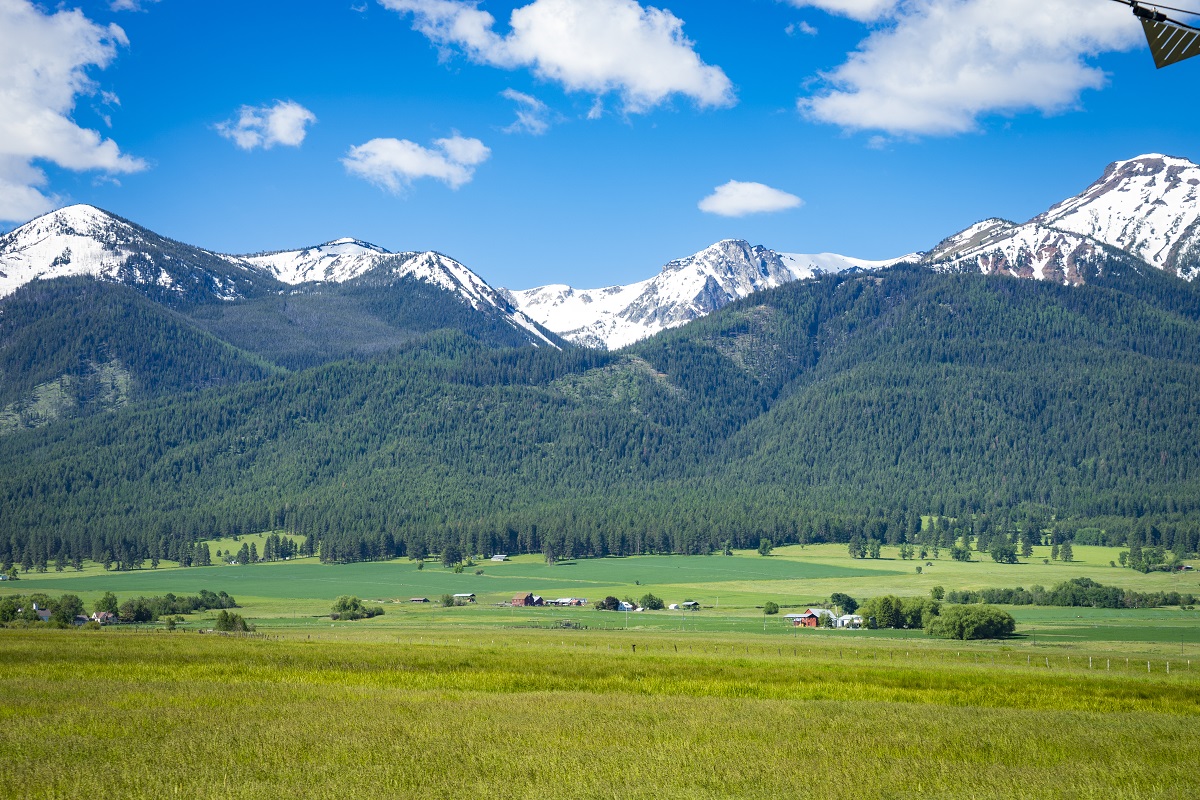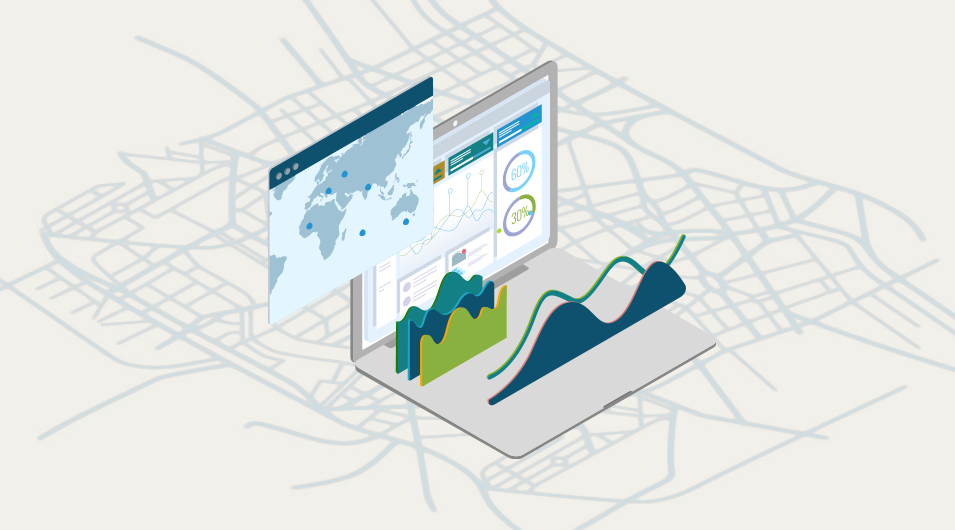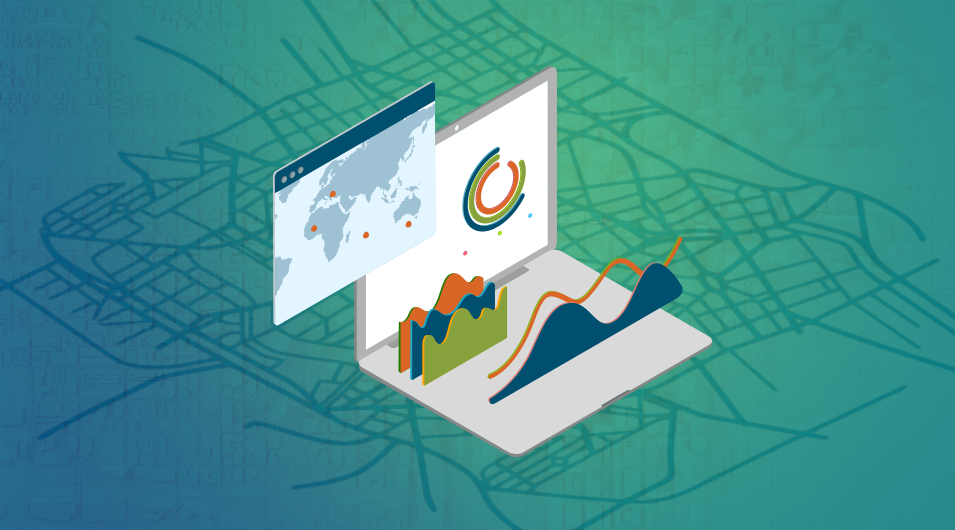Spotlight
GIS for Land Trusts: What You Need to Know

After working with land trusts across the Northwest and with nonprofit land trust advocates Coalition of Oregon Land Trusts and Land Trust Alliance, senior GIS analyst Jenny Axelrod has some thoughts on how conservation organizations can use GIS to make data-driven decisions that move their conservation goals forward. We sat down for an interview with Jenny to find out what land trusts need to know about GIS to help them conserve nature and support rural economies and culture.
Why is GIS an important tool for land trusts?
There are a few reasons that come to mind. The first has to do with taking a high-level, landscape view across a land trust’s entire service area. With GIS, a land trust can take a map of the area they serve and overlay it with key data sets that represent the organization’s conservation priorities—like salmon habitat or farmland—for a better visualization of what they are trying to conserve and where. GIS can also help land trusts map out possible future threats to conservation, such as development pressure or where there may be impacts of a changing climate. Once they’ve gotten that high-level perspective of conservation priorities and threats, they can clearly see the land that, once conserved, will help them meet their mission; then they can prioritize what properties to conserve.
The second reason is that once properties that a land trust wants to conserve are identified on that high-level perspective map, a land trust has a better public outreach tool. Maps are powerful communicators. A land trust can take that map when they go talk with landowners to more clearly communicate how the landowner’s property will help conserve habitat, or working lands, or whatever that land trust’s conservation goal is.
A third area where GIS can help is in summarizing and reporting information. GIS is a great tool to help track things like total acres of land conserved over time or for quantifying efforts completed on a specific property or across multiple properties—amount of riparian habitat restored or fencing installed—which can help communicate the organization’s success and challenges to the public and funders. There are some really great web tools from Esri, called story maps, that can integrate with a land trust’s GIS, and help do some in-depth storytelling about how conserved properties fit into an organization’s mission and the community landscape and how they meet specific conservation goals.
How can land trusts get access to GIS if they don’t have it?
The great news is that GIS software is really accessible. Esri’s nonprofit program allows land trusts to get software, training, and ongoing support at a pretty affordable price. The challenge is that there’s a big time investment involved in setting up a GIS so it’s sustainable and used effectively.
What about funding? Can a land trust get funding to help with setting up a structure around GIS?
A lot of grants support work that may include GIS tasks, but I don’t often see grant funds made available for GIS capacity building. That’s a challenge, because so many land trusts just don’t have the capacity to maintain GIS systems over time. And maintenance and structure are critical to a GIS’s effectiveness within an organization.
It is possible to find funding out there, though. We did a GIS needs assessment for a land trust in 2018 and they got a small grant to fund it. We went out to the land trust’s office and interviewed staff about what they’re currently using GIS for and what they’d like to do with GIS in the future. We created a report laying out a comprehensive overview of the state of GIS at the land trust and recommendations for how to move forward and achieve their short- and long-term GIS goals. For a small land trust, just a little help figuring out what the right structure is can go a really long way.
What do land trusts need to know about getting started with GIS?
My best advice for land trusts that are thinking about getting a GIS or that have recently set one up is to take a step back and think about how you are going to use it and who is going to use it. We often see GIS being well utilized as a tool and a resource, but it hasn’t been thought about from an organizational standpoint. I recommend that land trusts take a programmatic approach to it, where you set up a structure, document it, train staff, and be strict about asking people to work within the structure. Think about it like it’s a long-term strategy. Ideally, an organization would take a step back and ask, “what does GIS at our organization look like?” but again, a lot of folks don’t have the time or bandwidth for that. There’s often not even a dedicated staff person just to oversee the development and maintenance of GIS infrastructure and data, which is often a big job.
Are there any resources you can recommend for land trusts already using GIS?
Unfortunately, there aren’t a lot of guides out there about GIS best practices for land trusts. The best place to learn more is probably through a land trust’s peer network. A great organization like the Land Trust Alliance might also be able to help with connecting a land trust that wants to have a better GIS system with a land trust that’s already got one up and running so they can communicate about best practices. Conferences are another great place to learn about GIS best practices. I know that Rally, the Land Trust Alliance’s annual conference, usually has at least one session on GIS for land trusts.
Also, since I’ve worked a lot on GIS for land trusts, I’m happy to share best practices tailored to a land trust’s specific needs. I would encourage any land trust to get in touch! I’d be happy to chat with them.




